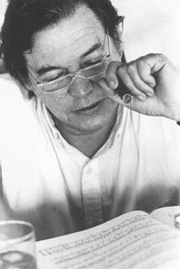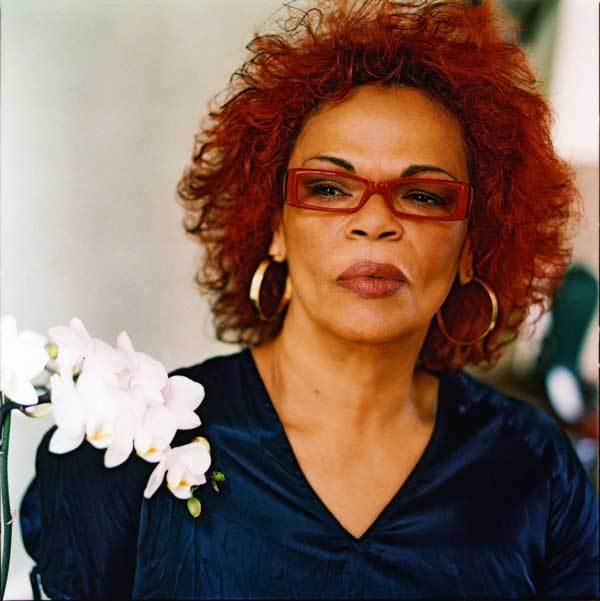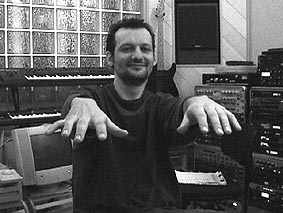TANIA MARIA / “Olha Quem Chega”
Kalamu’s recent Elizeth Cardoso post got me thinking about some of my favorite early bossa nova songs. I’m going to post five such tunes and you’ll notice, in addition to their obvious stylistic similarities, all five share a compactness and an elegance such that, when they end, they leave you wanting more.
The first three tunes are peas in a pod. Rosa Maria’s “Capoeira De Oxalá,” Luiza’s “Abandono” and Astrud Gilberto’s “Berimbau” all mine familiar but fertile ground. Anyone familiar with bossa nova will recognize the fleet jazziness of the melodies, the ease and smoothness of the vocals, the skipping feel of the slowed-down samba rhythms. These songs began quickly, affect the listener deeply and end the same way they began. They’re almost shocking in their brevity: the running times are 2:27, 2:22 and 2:22, respectively. Also, all three date back to the mid-Sixties, the heyday of bossa nova as an international phenomenon. For me, listening to these songs is something like catching sight of an old flame, except from the wrong side of the subway tracks and just as her train is pulling out. They’re like glimpses into a past that can never be fully experienced again, only hinted at, longed for and dreamed about.

Antônio Carlos Jobim’s “Favela” substitutes flute and piano for the female voice, but the effect is the same. Jobim’s melody is spare and lucid, expressing the same sense of saudade that Rosa, Luiza and Astrud create with their voices. The track is taken from Jobim’s 1963 LP The Composer Of Desafinado Plays…, an instrumental collection of now-classic bossa compositions.

Last is “Olha Quem Chega,” a tune by the legendary Tania Maria from her 1971 debut album of the same name. Technically, this track doesn’t qualify as ‘early’ bossa. Getz/Gilberto, considered by many to be the quintessential bossa nova LP, had been released in 1963, some eight years previous. But “Olha” must have been a throwback of sorts; it has the same overall feel has the other tunes here.
It is the various tensions of bossa nova—the playful, uptempo poppiness of the accompaniment versus the aching melancholy of the melody; the lightness of the lead voice versus the detachment of the singing (or playing) style; the forcefulness of the samba-derived groove versus the invariably mellow way in which the groove is played—that make bossa nova such a beguiling style of music. The songs may each last for a couple of minute and change, but today, some forty years after they were first recorded, I find that I still have a hard time letting them go.
—Mtume ya Salaam
Thanks to Worldly Disorientation and especially Sabadabada for hipping me to some of the more obscure artists and LPs of the bossa and post-bossa eras.
Tracks:
- Rosa Maria - “Capoeira De Oxalá” from Uma Rosa Com Bossa (EMI-Odeon, 1964)
- Luiza - “Abandono” – from Luiza
(RCA Victor, year unknown)
- Astrud Gilberto - “Berimbau" – from Look To The Rainbow
(Verve, 1965)
- Antônio Carlos Jobim - “Favela” – from The Composer Of Desafinado Plays
(Verve, 1963)
- Tania Maria - “Olha Quem Chega” from Olha Quem Chega
(EMI-Odeon, 1971)
Bossa nova deconstructed
Hearing these early bossa nova songs brings me to Suba. See the 'Cover' section for more Suba info and music. Right now, just lay back and chill to this "Ipanema" musical cocktail, it’s smooth and sweet. But, like many mixed drinks, it also has a kick.

I like how Suba does that with his music. He keeps some of the grit and thereby invests his lyricism with a deep-ti-tude that is both instructive and realistic. In life, before, after, or sometimes simultaneously with joy, there is sadness, a touch of bitterness up in every sweet. Suba’s music has that 'life' mix and I dig that.
This is an unreleased mp3 that I picked up from a tribute website that is devoted to Suba and his music. The song, which includes a sample of the original vocal work, is the famous “Girl From Ipanema” except it’s been put through the blender that was the brain, fingers and feelings of Suba.
—Kalamu ya Salaam
This entry was posted on Saturday, April 8th, 2006 at 11:14 pm and is filed under Classic. You can follow any responses to this entry through the RSS 2.0 feed. You can leave a response, or trackback from your own site.
Leave a Reply
| top |